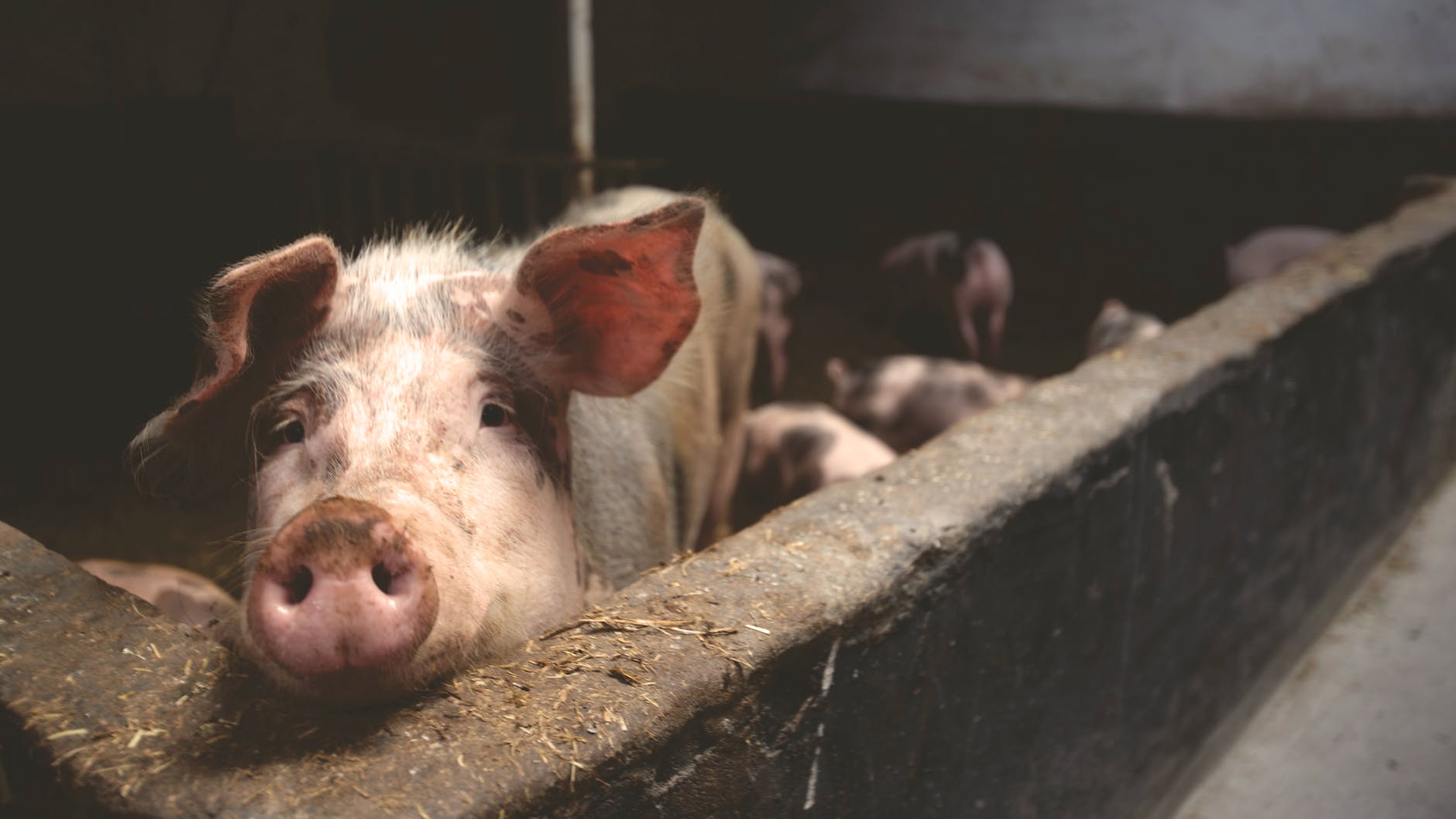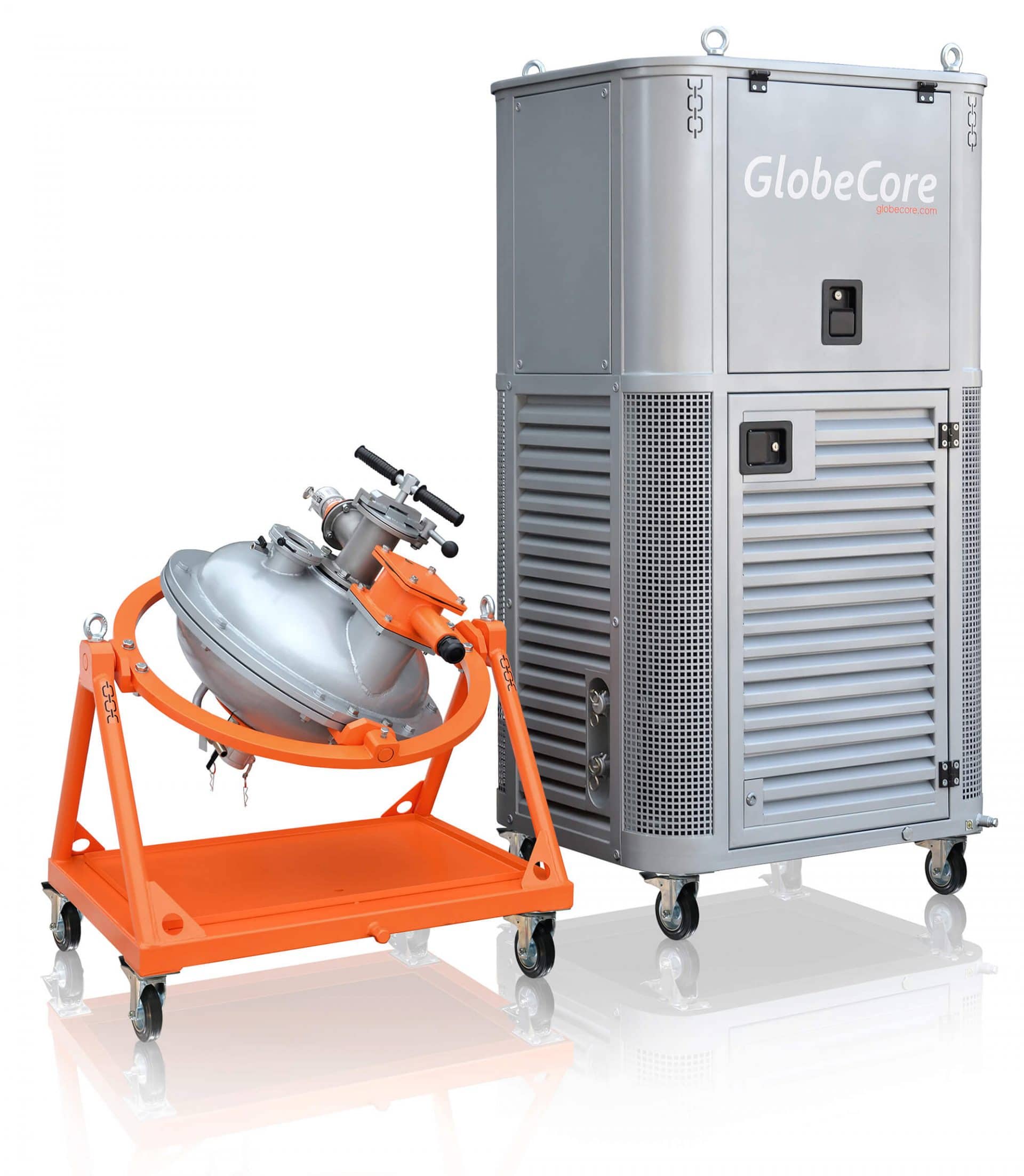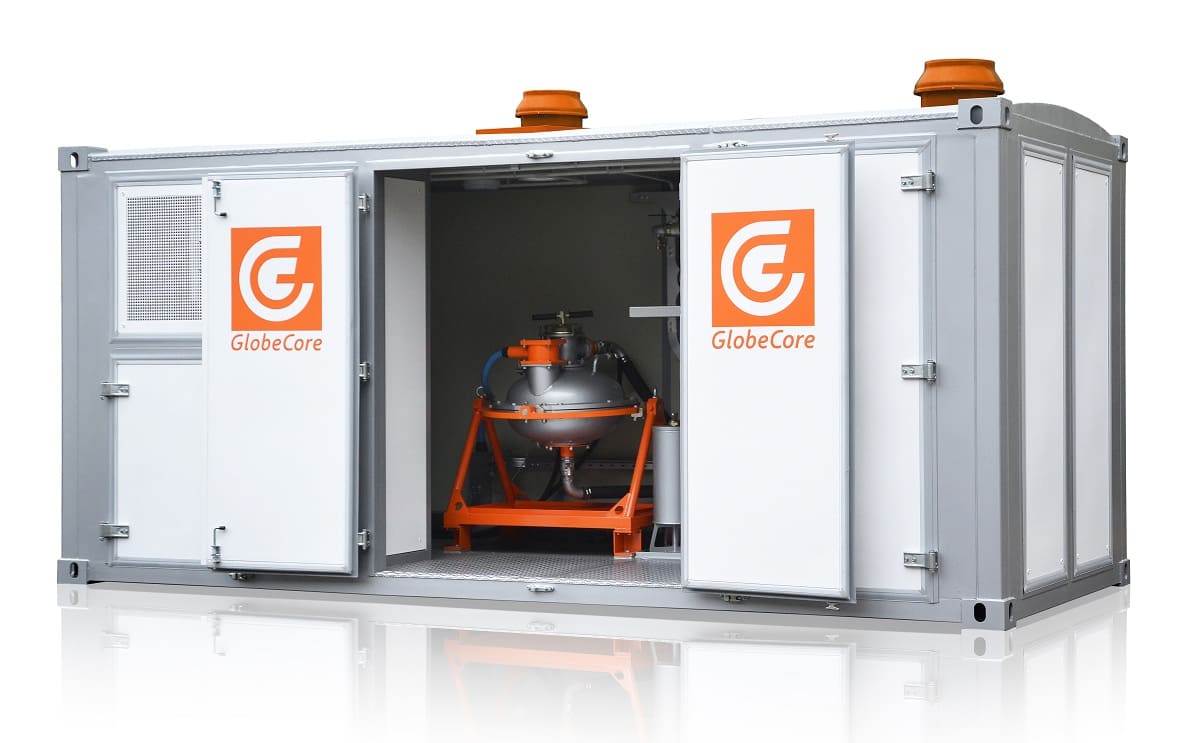In this article, we will discuss fodder production using electromagnetic technologies. Liquid mixed fodder is a feed compound with the moisture content of 70–80% in the form of a homogeneous suspension of ground grain raw stuff, water, and additives. It is applied for feeding the calves using a milk substitute emulsion. Feed compounds in the form of suspensions are also widely used in pig breeding. In certain areas of livestock breeding, liquid mixed fodder is an effective alternative to a dry product — it does not collect dust; it is better digested, as well as convenient and beneficial to use. But this feed-stuff option has a shorter shelf life. Therefore, fodder production is relevant not only at a specialized plant, but also on a farm. It considerably increases the cost-effectiveness of a farm, and animals always receive fresh feed-stuff. Farmers often start their own workshop or a small plant to produce mixed fodder for cattle, pigs and poultry.
Special features of liquid mixed fodder
Liquid mixed fodder is more susceptible to fermentation than a dry product. Due to this, the prepared mixture is better digested by animals which has a positive effect on their condition and productivity. This kind of feed-stuff is more active, and the nutrients contained therein are more available to a living body.
The use of liquid mixed fodder also reduces the need to apply feed antibiotics. In addition, this product has a minimum chance of developing dangerous bacteria such as Salmonella. Other advantages of liquid mixed fodder for pig and cattle breeding include:
- compliance with physiological needs of animals;
- possibility to gradually change the nutrition diet;
- convenience of long-distance pipeline transportation;
- possibility to avoid using drinking bowls;
- precise dosing;
- minimized feed-stuff losses;
- reduced amount of animal feces;
- possibility to flexibly adjust the nutrition diet;
- easy application of different formulations for different animals within the same indoor space.
In liquid mixed fodder production, secondary products of the food manufacturing, microbiological industries and waste can be used, thereby reducing the cost of production. The use of liquid mixed fodder in the field of livestock breeding is also economically viable due to decreased human factor in the process of feeding the pigs and calves.
What is liquid mixed fodder production?
For each area, liquid mixed fodder is prepared pursuant to a separately approved formulation in accordance with state standards. Not only the composition, but also the moisture share content matter here. But regardless of the formulation, the production technology looks very much alike and includes the preparation and grinding of grain, additives, and other ingredients, mixing them in a certain dose for preparing a mixture.
The raw stuff is ground to several tens or hundreds of micrometers using special equipment for mixed fodder production. Such processes also activate products, making beneficial elements available for digesting.
In mixed fodder production, the fineness of raw stuff grinding matters. The finer it is, the more efficiently it is digested by the body. Thus, the pig feed ground to the fraction of 500 microns is 6% more effective than the one ground to 900 microns. But with conventional methods of grinding the raw stuff, it is not always reasonable to achieve 500 microns or even finer. More often, the average indicator of 700 microns becomes a final choice. Next, the ingredients are mixed into a homogeneous mass. GlobeCore vortex layer device (AVS) can be used for addressing these tasks in a comprehensive manner. Let us discuss how liquid fodder is made using conventional methods, the special aspects of these methods, and why it is worth using AVS on a farm or at a mixed fodder plant.
Conventional technologies of liquid mixed fodder production

Drum and ball units come into use as well. They can handle wet grain, but are distinguished by noisiness, bulkiness, and low efficiency coefficient.
After dispersing the raw stuff, the ingredients are mixed to obtain a homogeneous mixture. The process is carried out in a liquid medium. The finished product will be highly efficient only if a high degree of mass homogeneity is achieved. At this stage, conventional mixed fodder production involves the use of three types of mixers:
- paddle;
- turbine;
- propeller.
Having a fairly high efficiency, these devices are not so versatile. Paddle mechanisms are better at handling highly viscous liquids. But their mixing intensity is not as high as, for example, in processing by means of propeller devices. And it directly affects the product quality. Turbine units are better at mixing non-viscous products. Propeller agitators are suitable for all types of liquids, but not so advantageous in terms of price. This kind of equipment pays off only at great production volumes.
Additional equipment can be used to achieve higher homogeneity values in the line. Pumps and pneumatic mixing are engaged.
Modern electromagnetic vortex layer mills will help in optimizing the fodder production and unloading the line. These are versatile machines for dispersion and homogenization of mixtures making it possible to achieve high results in terms of grinding and mixing with minimum time and energy consumption. In this case, the resulting mixture is not only homogeneous, but also well digested due to a high degree of activation.
Fodder production by means of a vortex layer device
A vortex layer device is modern equipment operating on the basis of an electromagnetic field. Its design includes an operating chamber where ferromagnetic needles are placed. An inductor creates an electromagnetic field in the chamber which causes each ferromagnetic particle to rotate and act as a miniature mixer.
The device handles dry and wet media. In the second case, grinding occurs more efficiently. Intensive dispersion and mixing of liquid mixed fodder ingredients are observed. They are susceptible to the influence of electromagnetic field, electrolysis, acoustic vibrations, and high local pressure. Moreover, the raw stuff moves intensively through the chamber, its particles collide with each other, with the device walls, and with ferromagnetic needles. As a result, we obtain a homogeneous mixture the grinding degree of which may reach only a few micrometers.
It is important that the grinding degree can be adjusted merely by changing the processing period. Therefore, fodder production for various species of animals and poultry is available at AVS. The fineness of grinding the raw stuff for preparation of a particular fodder is different.
GlobeCore offers two models of vortex layer devices for fodder production — AVS-100 and AVS-150. The equipment is similar in the principle of operation, but different in capacity and power.
Advantages of fodder production by means of a vortex layer device
An electromagnetic mill is considered to be the best option of equipment for a mixed fodder plant and can be used directly in the field of livestock and poultry breeding for the following reasons:
- Versatility
In addition to being suitable for fast and efficient preparation of liquid mixed fodders, AVS can be used in the processes of obtaining dry, wet, and granulated feed compounds.
- Comprehensive processing of raw stuff
Electromagnetic equipment for mixed fodder production ensures high-quality dispersion of raw stuff to a few microns, intensive mixing, and activation. At the outlet, we obtain a homogeneous, digestible mixture with high nutritional qualities.
- Cost effectiveness and efficiency
The equipment increases the mixed fodder plant capacity, because it is distinguished by low energy input at high efficiency consuming from 4.5 to 9.5 kW of electricity per hour depending on the model.
- Ease of use
It is equipment for mixed fodder production with a compact and simple design that requires using no pedestal or additional structures.
GlobeCore vortex layer device constitutes a comprehensive solution for optimizing the production lines at a mixed fodder plant. The equipment replaces several main units in the workshop. Furthermore, the enterprise capacity increases, because a few processes for grinding and mixing the raw stuff are carried out simultaneously. In this case, the energy input decreases, because AVS consumes less electricity compared to conventional units.


 AVS-150 Chemical Mixing ...
AVS-150 Chemical Mixing ... AVS-100 Mixing Machine. ...
AVS-100 Mixing Machine. ... AVSk-150 Wastewater Treatment ...
AVSk-150 Wastewater Treatment ...